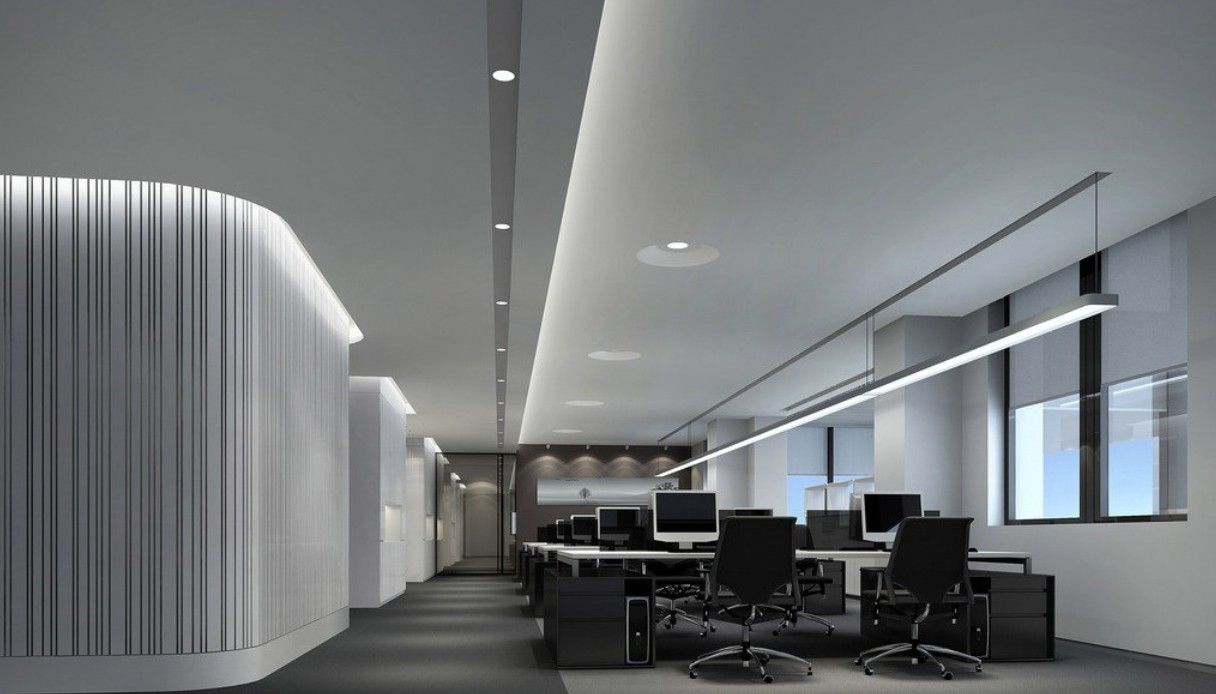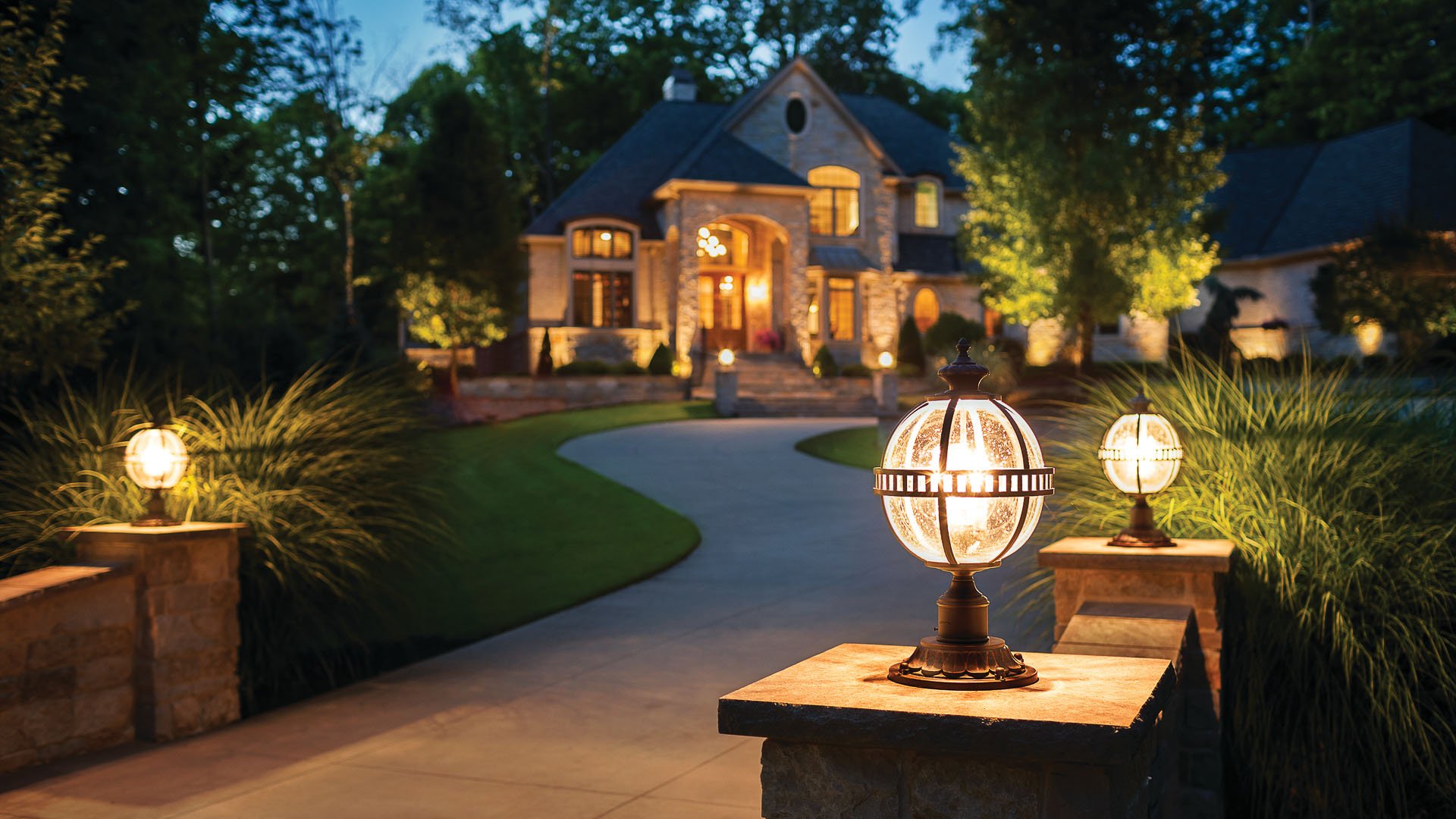Lighting systems
- Home
- Solutions
- MEP Solutions
- Lighting systems

Lighting is essential in our everyday life. It is arguably the most critical part of many businesses including office spaces, homes, studios, outdoor events among many others. Lighting systems come in different functionality, uses automation, control and illumination settings. To differentiate between various setups, it is generally advisable to first identify whether the system is going to be used professionally or just recreationally, and simply an aesthetic feature or practical one.
Lighting Systems Types
Lighting systems can be grouped according to various parameters but generally the main types are;
- Ambient Lighting Systems.
- Task Lighting Systems.
- Accent Lighting Systems.
General Lighting
Ambient Light or General Lighting is mainly used in traditional wide space floors or general-purpose lightings, such as found in homes or residential areas. The fixation can be done on a ceiling, a standing lamp, or basically, any fixture or fixtures made to spread light in a space. This does not include spotlights or desk lamps as these fall under Task Lighting. General Lighting could also be exterior street lamps, park lamps, parking lot lights, led lamps and so on.
Task Lighting
Task Lighting is primarily used in specific environments or settings. This includes spot lamps; to focus light on a desk for example, spot lights; where illumination is focused on a specific place like a football field, or any functional, concentrative purpose such as inspection, reading or a surgical procedure.
Accent Lighting
Accent Lighting is mostly used for aesthetic or decorative functions used mostly by designers. Its use is considered a form of art on its own, especially in architectural formats, and differs greatly between the artists’ perspective and the object or landscape intended to be illuminated and highlighted. Interior designs of studios or home spaces use this form of lighting to “brighten up” their scenery or add a visually pleasing effect on, for example; furniture etc.

Various methods exist to illumination, including;
Up-lighting
Up-lighting technique focuses on a uniform distribution of light across a space; mainly a part of Ambient Lighting, by reflecting light from a source and spreading it from another. This method keeps glare at a minimum especially from reflective surfaces. A downside includes an uneconomical lighting because it relies on properties of a surface to deflect light efficiently which may not be available.
Downlighting
By far the most common and superior way of illumination is downlighting. It is a basic principle where light from a bulb or a source shines downward onto space. While optimum for maximum illumination and commercial availability, it causes a disturbing glare, cast shadow, and most bulbs are highly inefficient in terms of electrical power usage.
Front Lighting
This method is highly disturbing to the human eye yet useful in various uses; this includes studio props and basically any modern image capture (think mobile phone photography). While helpful in short bursts of uses, it's highly situational and not commonly relied on.
Back Lighting
A more artistic approach to lighting is the use of a backlight. This adds to the dramatic effect of scenery or adds depth to it. Usually, it is used as an “add on” to a lighting method.

- Incandescent bulbs (warm, inefficient, reduced life span, medium luminosity).
- Fluorescent bulbs (slightly cool, average efficiency, decent life span, high luminosity).
- Halogen bulbs (same as Incandescent but uses less power).
- High-Intensity bulbs (bright light, efficient, long life span, involves the use of mercury so the risk of toxicity).
Energy Consumption
Various light bulbs or lighting sources can be used yet not all have high luminosity, performance or efficiency. Some can give a “warm” look to an environment while others spread a “cool” feel to it. This is highly dependent on the type of bulb used and its properties. The different types are;
- Incandescent bulbs (warm, inefficient, reduced life span, medium luminosity).
- Fluorescent bulbs (slightly cool, average efficiency, decent life span, high luminosity).
- Halogen bulbs (same as Incandescent but uses less power).
- High-Intensity bulbs (bright light, efficient, long life span, involves the use of mercury so the risk of toxicity).

Control Lighting Systems and Maintenance
Control of lighting devices is highly practical to suit specific use cases or to reduce energy consumption. This can be done via controllers placed on an ongoing electrical circuit that varies and controls the voltage and current depending on the desired luminosity, dimness, specification, position, or a simple on/off the case.
Maintenance is variable between any lighting system, but if a simple bulb or switch change is needed it can be carried out by anyone. Only large or complicated lighting systems need a dedicated professional to diagnose, change or fix a fault, or reinstall a component.
